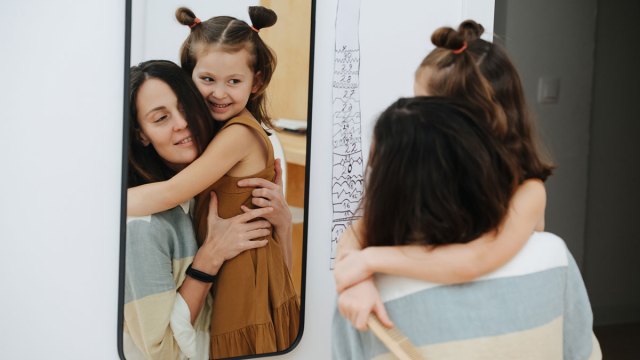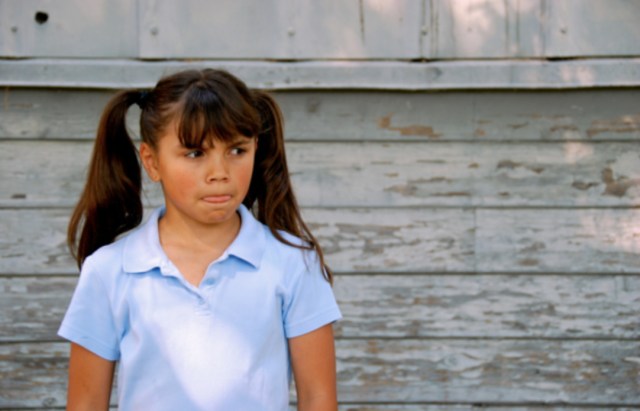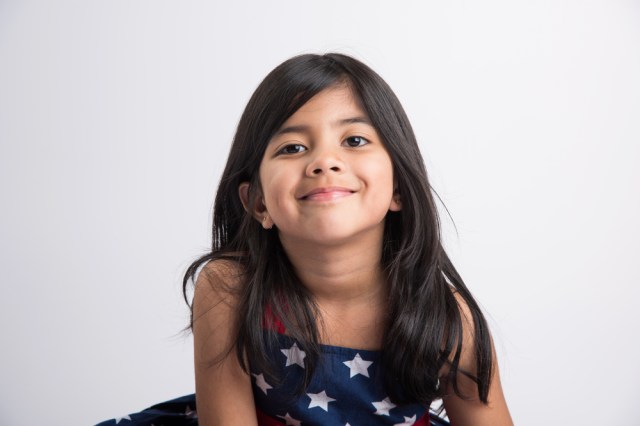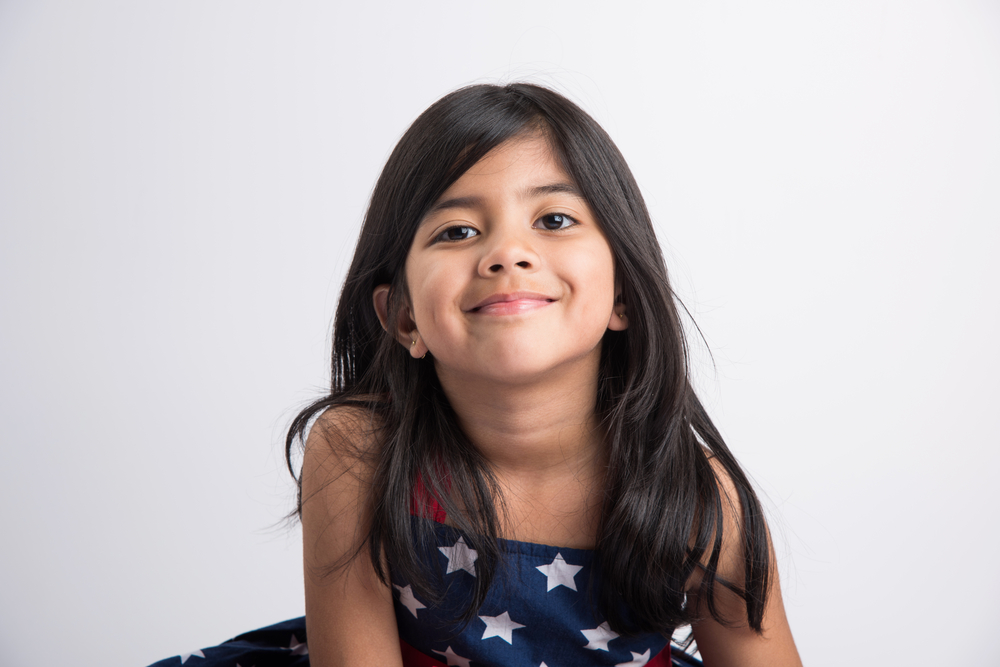A positive attitude about yourself goes a long way when it comes to building self-esteem in kids
How many times have you looked in the mirror and frowned at the outfit you’re wearing, or thought twice about eating dessert because it’s a “bad food” (even though it’s not)? Definitely a few, because you’re human, after all. But it’s important to take stock of the things you say when the kids are around and do your best to present yourself as a strong, confident parent.
Kids learn about body positivity and self-confidence from their parents long before they internalize perceived ideals of how they should look on YouTube or social media. And if they have a strong foundation of self-esteem, those messages will have far less of an impact when they do, inevitably, encounter them. We rounded up 9 things to say—and believe!—about yourself in front of your kids so you can help them learn to take pride in who they are.
1. I look nice today. Say it when you’re tired, say it when you feel a cold coming on, say it even if you haven’t showered in a few days. Little ones learn by example; if they hear you speaking positively about yourself, it becomes second nature to do the same. Projecting self-confidence shows worthiness—despite the negative messaging that bombards us daily.
2. That was challenging, and I’m going to try again. Showing you are okay with failure helps kids develop the tools necessary for dealing with disappointment. It might be handy to have a list of people who failed before finding success on hand: think Albert Einstein, Michael Jordan, and Oprah.
3. I made a mistake. It might be one of the hardest things to do, but admitting when we are wrong is one of the best ways to show (and teach) personal responsibility. And that’s a life skill everyone needs.
4. Food keeps me healthy and happy. How you talk about food with kids has a major impact on how they look at their bodies and health. If you practice food neutrality (broccoli is broccoli, a cookie is a cookie—nothing is “good” or “bad”), it’ll help to set the stage for kids to learn the balance of fueling the body and enjoy the pleasures of the food itself.
5. I am proud of my job. Whether you’re a stay-at-home parent, work remotely, or head out to a job, show pride in what you do! Talking about what you do all day shows the kids that while you might be busy, it’s for a good reason—not because you don’t want to read Dragons Love Tacos for the 10th time.
6. I’m glad my body protects me and keeps me alive every day. We can kick a soccer ball, push a swing, and play a board game, and we can do it all without being the “right size.” Referring to your body as something you use as a tool for life is key to helping kids develop a positive self-image.
7. This outfit makes me feel beautiful. Raise your hand if you’ve found yourself cursing while trying on clothes because something doesn’t look quite right. Try focusing on things you like about what you’re wearing: this color complements my skin tone, these leggings are perfect for our park play date, and this hat makes me stand out in a crowd. Pointing out the good instead of the bad is a way to encourage self-love and confidence.
8. I enjoy exercising because it makes me feel strong. Moving our bodies is about so much more than losing weight. It’s about how exercise is good for our brain, helps us ward off illness, and prolongs our lifespan. In today’s tech-driven culture, driving home these ideas is more important than ever.
9. I believe every day is a new chance to start over. It’s easy to let negative thoughts rule our mindset. Yes, life is tough, but it’s also beautiful, and we only get one go of it. A wonderful gift (or tool) you can give your kids is the ability to look at the present and the future and understand that everything moves forward. We alone can make change for ourselves, even if it’s something as tiny as writing down notes of gratitude or as big as demanding the help you need.


















